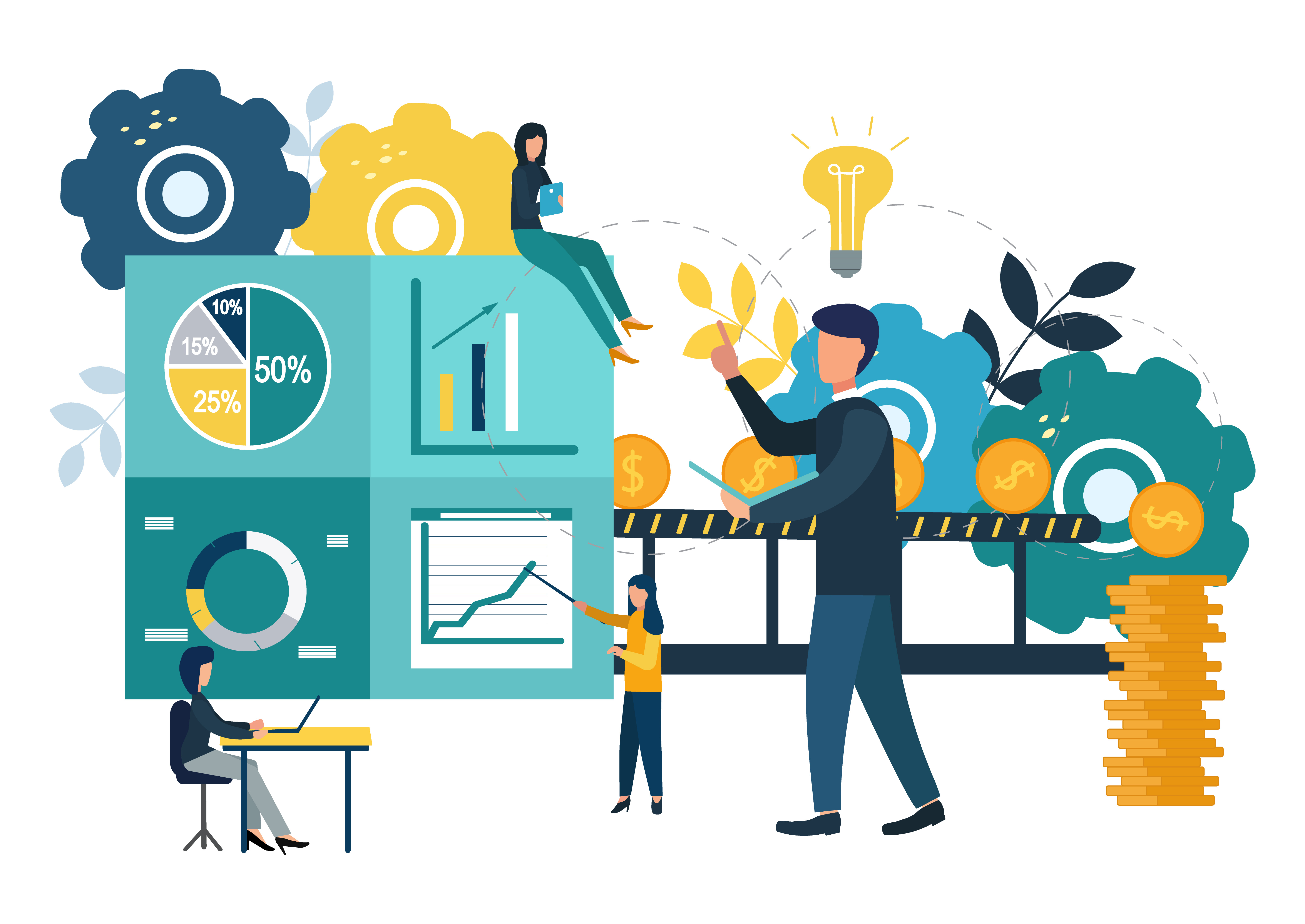
At Solventure, we regularly organize Sales & Operations Planning (S&OP) inspiration sessions for supply chain professionals. One of the most frequently asked questions is: ‘How can I involve the Sales team in demand planning?’ In fact, it sounds more like a grumble sometimes: ‘Sales won’t join in, so now I can’t do my job properly.’ Well, time to do something about it! As a Supply Chain Manager, you are the ideal person to help colleagues in other disciplines and departments see how S&OP can benefit them too. Involve them right from the start and put yourself in their shoes. That’s the key to turning even the most hardened sceptic into an S&OP fan. Read on for some arguments to help you persuade your Sales colleagues. (By the way, to any salespeople reading this – carry on, this is meant for you!)
As a Sales Manager there is only one thing that matters, and that is: selling. You definitely don’t want to miss out on any orders due to stock shortages, or to win a tender only to discover that there is a two-week wait for the goods. No – you want to be on the ball, responsive, close sales deals and deliver on your promises. We perfectly understand. That’s why it is so important to have an accurate sales forecast – one that we make together. In the Supply Chain department, we’ve got a clear view of the regular demand patterns. But when it comes to the exceptions, new opportunities, new products, promotional activities and tenders, you are the only one who has those insights. By working together to incorporate all this information into the sales forecast, we can be sure that we are prepared for the likely fluctuations in demand. That leads to better delivery reliability, higher service levels, fewer stock-outs and hence greater customer satisfaction.
It takes a lot less work to prepare an accurate sales forecast than it does to make ad hoc adjustments afterwards, and the results are better too – especially when an automated system is used. We fully understand that you don’t have time to check and add to endless spreadsheets… but that’s not what we’re asking you to do. The system takes care of all the regular forecasts for you. All we need you to do is tell us what the system doesn’t know yet. Which major tenders are in the pipeline, and how likely are we to win them? Are there any promotional activities lined up? Share your knowledge with us, and we’ll do the rest.
S&OP is a two-way street. You have to provide information, but you also receive a lot of relevant information in return. As a company, we see what’s happening on a daily basis so we can quickly take any corrective action when needed. Looking at this information on a regular basis reveals differences between sales levels. You can then link these to parameters (e.g. region, type of store) or new situations (e.g. news headlines, social media, weather) that help to explain those differences. You will also gain more insight into the impact of promotional activities and product life cycles. All this can enable you to achieve a sustained increase in sales.
In fact, you can even use the information to help your customers. Thanks to the excellent insights that you gain into the sales patterns over time, you can advise your customers on what they are likely to need before they even realize it themselves. Unburdening the customer in this way can be a valuable extra service.
People often associate ‘planning’ with ‘rigidity’, but in this case the opposite is true. How come? Well, 80% of the planning is based on the statistics and requires no further consideration. This means that we can concentrate on the remaining 20% which is more difficult to predict. An S&OP system can model scenarios, e.g. what will happen to the demand if the temperature exceeds 30 ⁰C or if we win the tender. As a result, you’re optimally prepared for whatever might happen. Then, if a particular scenario occurs, everyone immediately knows what to do, which saves valuable time and enables you to deliver what is required. Besides that, the system learns from past results so the forecasting accuracy improves continuously.
I understand that it can be difficult to imagine how such a system works. You’re probably not all that interested and would prefer to spend your time talking to a new customer. But even so, I’d still like to show it to you – because seeing how a dashboard works will make it more tangible for you. You’ll be amazed at how easy it is to enter your input. Moreover, you can customize the settings yourself to extract precisely the information that matters to you.
Supply chain management is not merely an operational, logistics affair; instead, it’s a way of growing the business together. S&OP is an important part of that, but it only works when we work together and pool our knowledge. Thankfully, that’s getting easier all the time with the new generation of S&OP systems. As Supply Chain we can take care of the regular 80% of the business. Let’s look at the remaining 20% together to ensure that we’re 100% on top of the new and unpredictable business too.
‘Collaboration revolves around being able to put yourself in the other person’s shoes’
Read our blog and discover how the supply chain team of Continental Foods obtained the right input from Sales, kept a tight rein on the process and managed to save time while also improving the forecast accuracy!
These Stories on Demand Planning